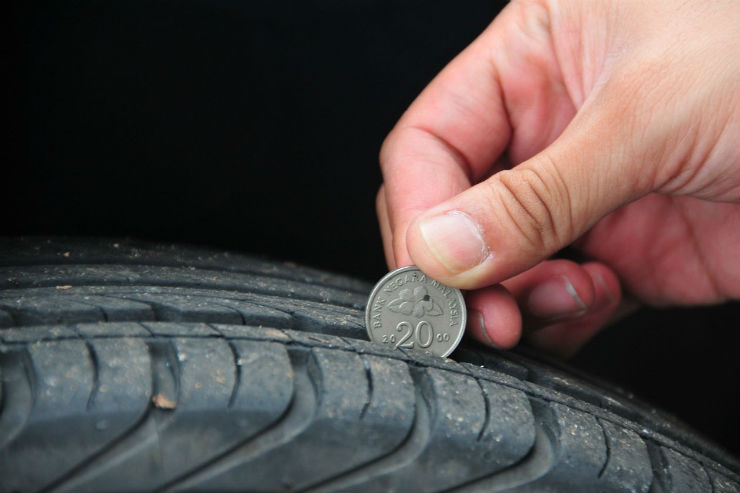Explained: Reasons for uneven tyre tread wear
It is natural for tyres to get worn out over time due to the friction and heat they have to face while running on tarmac roads. Over time, the tread of the tyre gets shallower and the performance and grip of the tyres decrease. This can be dangerous and you should replace the tyre as soon as possible if the tread is worn out.
Why tyre tread is important?
Whenever water gets between your tires and the road, you need the tread to slice through it and keep in touch with the road surface as much as possible.
The shallower your tread, the more easily you may lose traction when driving in the wet or snow because the tyres will not be able to grip. Decreasing your speed in such conditions will help you maintain more traction.
Also read: Toyota Urban Cross: Rebadged Maruti Vitara Brezza may look like this
What can lead to uneven wear of tyre tread?
Overinflated tyres
Overinflated tyres lead to tread wear in the centre of the tyres. Too much air pressure causes the centre of the tyre to carry all the load and shrink the contact patch which leads to more tread wear of the centre of the tyre.
Under-inflated tyres
When the tyres are under-inflated the tread wear will be more on the edges of the tyre. This happens because the load of the vehicle is carried by the outside edges of the tyres and the contact patch grows.
Negative camber
Negative camber wears out the tread on the inner edge of the tyre. This happens because the negative camber tilts the tyres slightly outside which increases the load on the inner edge of the tyres and that leads to more wear of the tread.
Positive camber
Camber is the angle that the wheel assumes in relation to the road. Normally, the wheel is at 90° in relation to the road, exactly perpendicular.Positive camber wears out the tread on the outer edge of the tyre. This happens because the positive camber tilts the tyres slightly inside which increases the load on the outer edge of the tyres and that leads to more wear of the tread.
Incorrect alignment of suspension
As we use our cars daily, the frequent compression and rebounds of the suspension by the potholes cause the alignment angle to change. Due to this the angle of the camber can change which can lead to tread wear on the inside edge or the outside edge of the tyre depending on the positive or negative angle of camber.
Old suspension
As the suspension gets older it loses its height and weight carrying capability. Due to this more load is transferred from the suspension to the tyres. Due to this vehicle is pressed on the ground more and that increases tread wear.
Carrying load
Carrying load puts more pressure on the tyres, this pushes the tyres more towards the ground thus increasing the tread wear. If you put more luggage into the boot, it puts more pressure on the suspension which gets transferred on to the tyres leading to more wear of the tyre.
Tyres are a critical component of your vehicle, and it’s a smart thought to check them periodically and see how they are holding up. Tyres can be affected not only with season or wear. They can get affected by fluctuating temperatures, rain, snow, salt, heat and even by not using them enough. You can even tell how well the car has been maintained by checking how much attention the owner has given to the tyres. So, you must take the condition of your tyres seriously and keep an eye on them. After all, it is a question of your safety.
Also read: Future Tata Sumo: What it could look like





No comments
please do not enter any spam link in the comment box